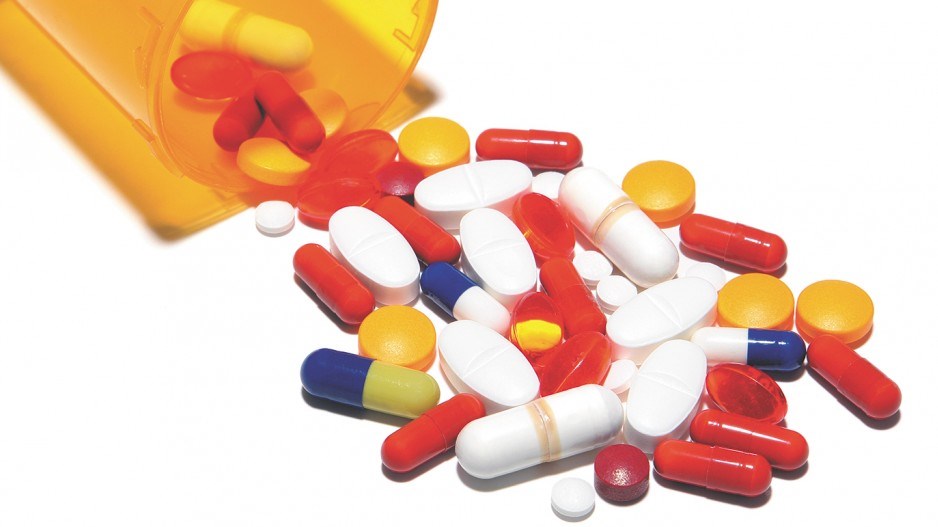The mutual commitment by Washington and New Delhi to boost trade and political relations has hit a major pothole in the road.
The problem is pharmaceuticals. India has one of the world’s largest pharmaceuticals industries, specializing in low-cost generic drugs and worth about $24 billion a year in sales. But United States drug and biotechnology companies claim the Indian industry thrives on replicating pharmaceuticals developed by U.S. companies and piggybacking on their investments in research and development.
Prime Minister Narendra Modi’s meeting with U.S. President Barack Obama in Washington last fall and Obama’s return visit in New Delhi in January addressed ambitious agendas for future economic and political engagement between the two countries. But into this upbeat mood, the generic drug issue has intruded like a wet dog at a wedding reception.
The dampening of the festive spirit is most evident around discussions on a bilateral investment treaty, aimed at giving investors a high degree of legal certainty, especially in innovative industries such as pharmaceuticals, where research and development costs are claimed to be very high. U.S. drug companies always trumpet R&D investment for the next generations of pharmaceuticals as the reason they need intellectual protection and high royalties – though a 2008 study found that while the companies put US$31.5 billion toward R&D in 2004, they also spent US$57.4 billion on promotion.
At the heart of the issue are differing interpretations of TRIPS, the World Trade Organization’s Agreement on Trade-Related Aspects of Intellectual Property Rights. Both Washington and New Delhi insist their drug and biotechnology companies follow TRIPS’ requirements to the letter. But U.S. drug companies have a long history of tweaking their drug formulas as copyrights are about to expire, allowing them to re-patent essentially the same drug, gain the same protections and reap the same high royalties as before.
India takes the view that for a new patent to be issued, a drug must be fundamentally different from what has gone before. It has therefore refused to accept copyrights on marginally modified U.S. drug formulas, and has built a huge industry on manufacturing affordable, generic alternatives to branded products whose original intellectual protection has expired.
India’s generic versions can be from 40% to 60% less expensive than the U.S. originals and sometimes considerably cheaper than that, according to market surveys. Nobel economics laureate Joseph Stiglitz, in a recent essay on the issue, cited the case of a U.S.-produced hepatitis C drug selling for $84,000 per treatment in the U.S., but whose generic version is available from Indian producers for less than $1,000 per treatment.
It is numbers like these, and India’s willingness to sell a whole raft of generic, potentially life-saving drugs to developing countries at affordable prices, that have given an international twist to this bilateral issue. Numerous international aid agencies give vocal support to India’s generic drug industry and decry what is portrayed as the inhumane greed of the American pharmaceuticals. Some U.S. companies have felt forced to respond by making some of their drugs available at low prices.
But in India there is much public speculation that Modi may cave like Canada and agree to move the country’s intellectual property laws and regulations more in line with those of the U.S. in order to garner the long-term benefit of a broad investment partnership.•
Jonathan Manthorpe ([email protected]) has been an international affairs columnist for nearly 40 years.




